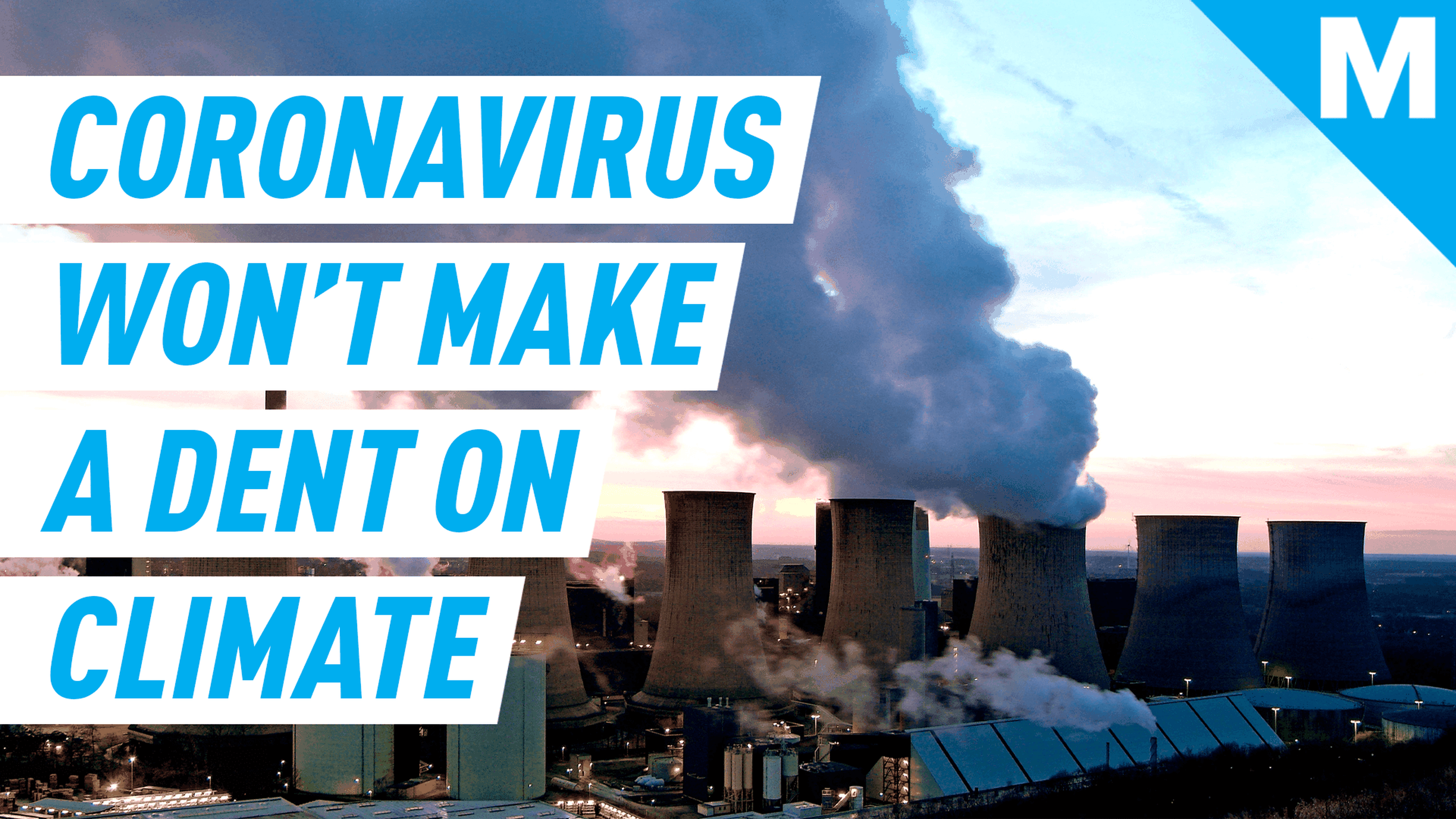
A grim trend continues.
Data from NASA’s Goddard Institute for Space Studies confirmed you just lived through Earth’s second-warmest January through June on record. In 140 years of direct surface measurements, only the first half of 2016 was hotter (which turned out to be the warmest year ever recorded). Already, 19 of the last 20 years are the warmest on record.
The planet is reacting to the highest levels of atmospheric carbon dioxide in at least 800,000 years, but more likely millions of years (carbon dioxide is a potent heat-trapping greenhouse gas). For decades, climate scientists have accurately predicted how much the climate would warm as humanity continually pumped CO2 into the atmosphere. The warming pattern persists.
“The recent data shows that the world is heating in line with predictions,” Sarah Green, an environmental chemist at Michigan Technological University, told Mashable.
Green noted that average global temperatures are now over 1 degree C (1.8 degrees Fahrenheit) above temperatures between 1950 to 1980, a time period that scientists use as an average 20th century comparison. This January through June, temperatures were 1.12 C above average, and June itself tied June 2019 as the warmest such month on record.
In 2015, global nations signed a pact to limit Earth’s warming to “well below 2 C” above pre-Industrial temperatures this century, while making efforts to curb warming at an extremely ambitious 1.5 C. The 1.5 C warming mark is now fast approaching.
According to the U.N., stabilizing the climate at 1.5 C would stave off the worst consequences of a warming planet: melted ice sheets, depleted Arctic sea ice, extremely hot days, devastated coral reefs, surging wildfires, and beyond.
Already, however, the impacts of a warming climate are increasingly visible. “The ongoing heating of the Arctic, including the massive Siberian heat wave this summer, are warning signals of the disruptive impacts shifting a society out of its normal climate,” said Green.
Indeed, above average Siberian temperatures have stoked extreme fires over the last two years. Recent burning in the Arctic Circle has released more carbon dioxide into the atmosphere than the previous 16 years combined.

The warmest January to Junes on record.
Image: nasa giss
What’s more, 2020’s notable warming so far is occurring during a major ocean event that tends to have a cooling effect on overall global temperatures. This normal oceanic occurrence, called La Niña, results in cooler-than-average ocean surface temperatures across a giant swath of the equatorial Pacific Ocean, which cools the air above it.
(2016, a record warm year, got an extra boost from a strong El Niño, which is a warmer phase of the Pacific Ocean, or opposite of La Niña.)
“Most record warm years have been El Niño years,” explained climate scientist Michael Mann, the director of the Earth System Science Center at Penn State University.
“So the fact that we’re even in the running for a potential new warm record in 2020 speaks to the profound impact that human-caused greenhouse warming is having on the planet,” said Mann.
There’s an over 75 percent chance that 2020 will go down as either the warmest or second warmest year on record. But whether or not 2020 ekes by 2016 as the hottest year ever recorded, the big picture is clear:
Humanity is currently on pace to warm the planet by some 5.4 F (3 C) above pre-Industrial temperature levels by the century’s end — unless societies adopt climate policies that radically slash carbon emissions and transition from oil and gas dominated economies. Today, coal, gas, and oil make up about 80 percent of the energy used on Earth.
